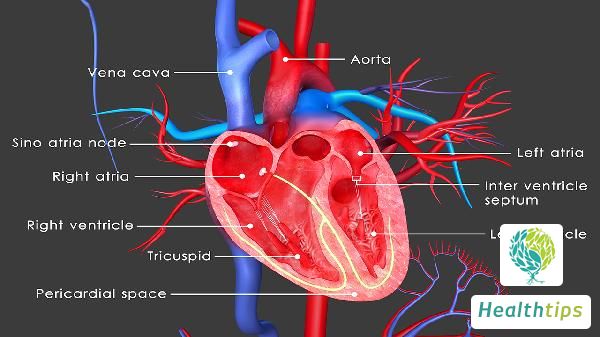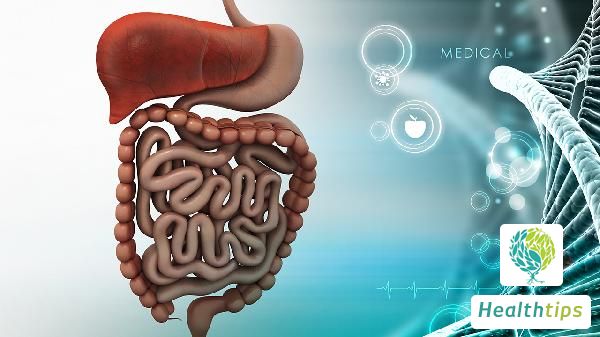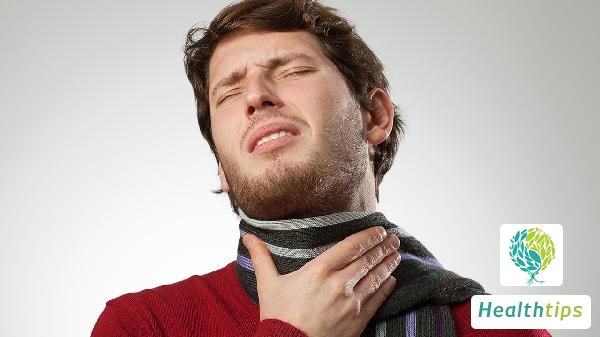What Are the Three Preparations for a Blood Lipid Test: Avoid Greasy Food and Alcohol?

Doctors will inform you not to eat breakfast on the day of blood drawing and to fast for at least 12 hours. This is mainly to prevent changes in the composition and content of lipids and lipoproteins in the blood after eating. For example, consuming fatty foods will lead to the appearance of chylomicrons in the blood and an increase in triglyceride levels. In this case, the measured blood lipid values will differ significantly from those measured on an empty stomach. This will last for 6 to 8 hours and gradually return to the original fasting baseline level after 12 hours. Besides fatty foods, carbohydrates such as rice and steamed buns can also cause changes in lipid and lipoprotein levels, but the degree of change is not as significant as that of fats. Therefore, for accurate results, ensure that you have fasted for more than 12 hours before the blood test.
Blood lipid levels can fluctuate with certain physiological and pathological conditions, such as trauma, acute infections, fever, menstruation, and pregnancy. Therefore, the results obtained from tests conducted during stable physiological and pathological conditions are more accurate.
Certain medications can also elevate or lower blood lipid levels. For example, contraceptives, beta-blockers, and certain hormonal drugs may affect blood lipid levels. Therefore, if you are taking any medication during the blood lipid test, be sure to inform the doctor who issues the test request.
1. Staple Foods and Beans: Choose rice, wheat, corn, mung beans, peanut tofu, soybeans, and soy products that are rich in high-quality plant protein, plant sterols, and have lipid-lowering effects.
2. Meat, Eggs, and Milk: Appropriately select foods with low fat and cholesterol content and those that have a cholesterol-lowering effect.
3. Vegetables: Choose more vegetables that lower blood lipids, such as onions, shiitake mushrooms, mushrooms, pleurotus, mussels, radishes, kelp, garlic, konjac, cucumbers, apples, and hawthorn.
4. Others: Choose green tea for lipid-lowering, use vegetable oils such as soybean oil, corn oil, sunflower oil, tea oil, and sesame oil for cooking, with a daily intake of 10 to 15 milliliters. Adopt steaming, boiling, stewing, blanching, and simmering methods, and adhere to a low-salt diet with less than 6 grams of salt per day.
1. Reduce animal fats such as lard, fatty pork, butter, fatty lamb, beef, duck, and goose.
2. Avoid foods high in cholesterol, such as animal organs, egg yolks, fish roe, and squid.
3. Avoid alcohol consumption, as alcohol can inhibit lipoprotein lipase, promote the synthesis of endogenous cholesterol and triglycerides, leading to increased blood lipids.



















